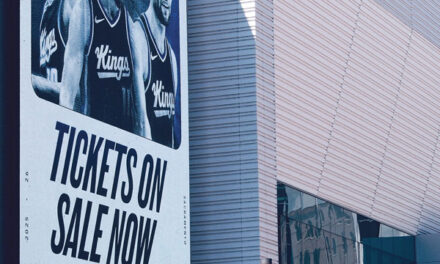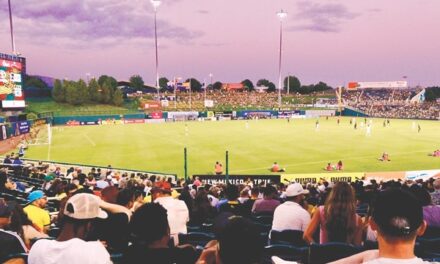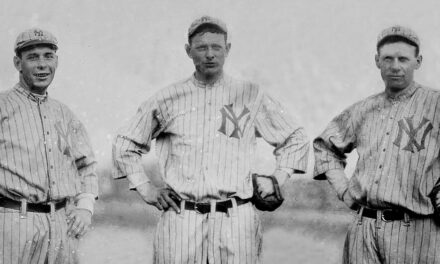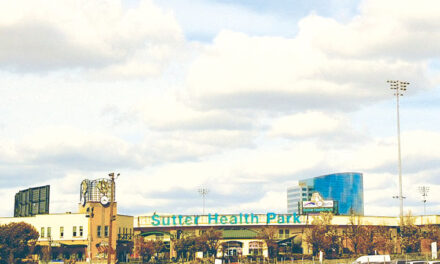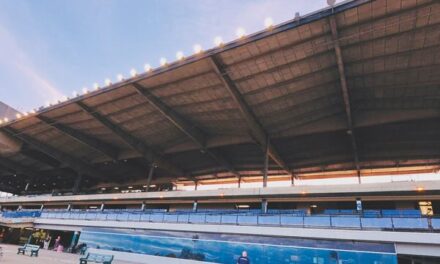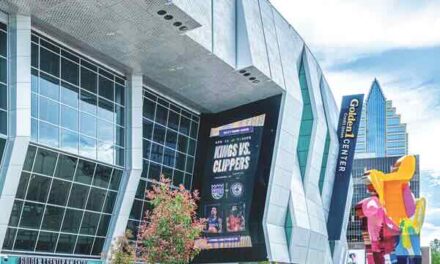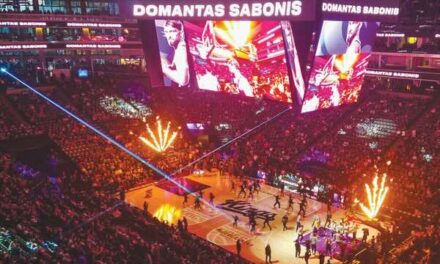West Sacramento is celebrated for its minor league ballpark, River Walk Park and Trail, waterfront housing, bars and restaurants. But who cares? I’ll never forgive West Sac for killing West Capital Raceway.
Local historians say I’m wrong. They say I can’t blame the city of West Sac, because it didn’t exist when West Capital Raceway died in 1980. The city lurched to life in 1987.
They say the Yolo County Planning Commission killed West Cap Raceway. The county refused to issue permits for crowds to gather, engines to roar and dirt to fly. The county encouraged the track’s new owners to sell out and turn California’s heroic quarter-mile dirt speedway into a parking lot for trucks.
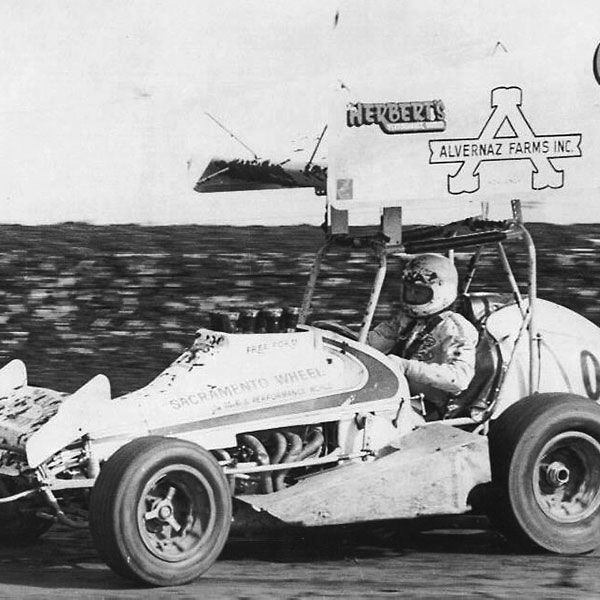
That’s all true. But it doesn’t change the emotional part, the loss that burns 42 years after the crime. Yolo County said the land was too valuable for super modified sprint cars that waste gasoline, ruin tires, crash, do somersaults and break bones. The county said screaming engines disturb sleepy residents. West Sacramento, city or not, let it happen.
Let me tell you what West Capital Raceway was: a parking lot, ticket booth, concession stand and dirt ramp entry lined with bleachers. Fences and light poles and concrete barricades that could expand the oval to a half-mile. The track thrived at the west end of West Capital Avenue along Interstate 80.
Four decades later, nothing better has replaced it.
The key ingredient at West Cap Raceway was dirt, the source of Yolo County’s agricultural pride. This dirt was special, more like clay, packed hard and slick from the pounding of a thousand racing tires. No tomatoes grew at West Cap Raceway.
Open-wheel dirt racing tires don’t roll in a conventional sense. They slide. West Cap drivers didn’t brake to navigate congested left turns. They stepped on the gas, gripped the wheel and slid into the straightaway.
They slid with surgical precision. The spectacle looked choreographed, like ballet. But it wasn’t ballet. Cars hit things at West Cap—the wall and each other.
Drivers did this 100 times during the 25-lap main event on Saturday nights. The act was repeated for trophy dashes, heat races and semi-mains. It was a grand time, operatic, epic, thrilling.
Everyone involved wore white, a curious color for people immersed in mud, grease and oil. The pit crews wore white t-shirts and pressed white pants. The drivers wore white jumpsuits and white helmets. After races, coveted liquids were beer and bleach.
Drivers were the best. Their names and talents won’t mean anything to people who don’t know about auto racing. But the 2,500 or 3,000 people who turned up on Saturday nights idolized them—Wayne Sue, Larry Burton, Mike Andreetta, Jimmy Gordon, Jimmy Boyd, Jimmy Sills, Wally Baker, Leroy Van Conett, Gary Patterson.
John Padjen was last to promote races at West Capital. Don Tognotti was a renowned sponsor. Gary Gerould announced races over the track loudspeaker. Creighton Sanders showed race footage on Channel 10. His sports segment drafted on the weather.
West Capital Raceway opened in 1947, when Sacramento audiences loved motorsports. Crowds filled Hughes Stadium and the State Fairgrounds on Stockton Boulevard for car races. Rural communities supported bullring tracks in Placerville, Marysville, Chico, Roseville, Grass Valley, Vallejo and Dixon. West Cap was king, fastest dirt track of all.
The end was even faster. Bay Area businessman Harry Schilling sold the track and its 39 acres to developers Sammy Cemo, William Crabtree and Murray Smith for $1.3 million. They raised Padjen’s rent from $50,000 to $75,000. The numbers didn’t pencil, so Padjen moved to Chico. Another promoter made a last-ditch effort to save the track. He failed.
Cemo said, “We bought the land to develop it. The property is just too valuable for a racetrack. It’s industrial property.”
Technically, he was right. It just depends how you define the word valuable.
R.E. Graswich can be reached at regraswich@icloud.com. Follow us on Facebook, Twitter and Instagram: @insidesacramento.




